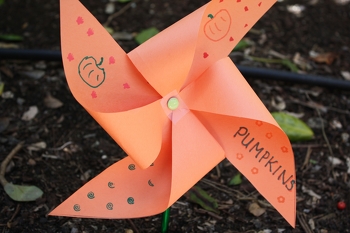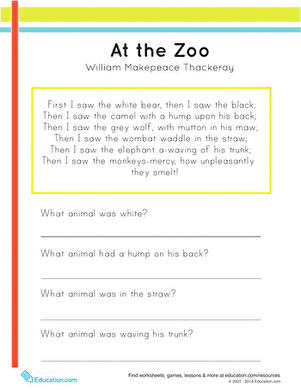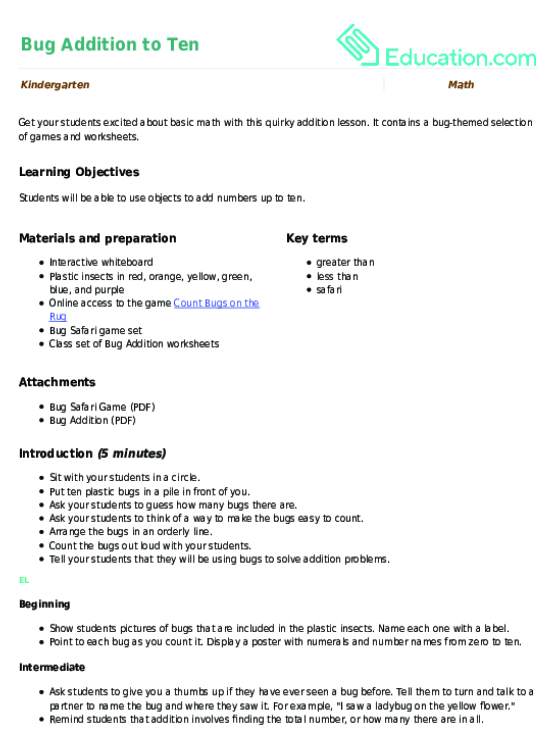Science project
Using Garden Mulch to Make a Bug Zoo
What critters live in the messy, muddy layers just above the soil? Make some mulch and go on a critter-catching expedition in your own garden.
Problem:
What creatures take up residence in a layer of sheet mulch?
Materials
- Invertebrate field guide
- Old margarine container or other plastic container
- Trowel
- Hay
- Aged manure
- Garden gloves
- Newspaper or cardboard
- Notebook and pencil
Procedure
Let’s make a bug zoo! In this experiment, you’ll be creating a layer of mulch to see what kind of invertebrates it attracts to your garden.
1. Choose a time of year when bugs are active, such as spring, summer, or early fall.
2. Find two small garden plots of about 2 feet by 2 feet that you can play in, located side by side. This will be the site of your gardening experiments.
3. If you don’t know much about local bugs, get a book on bugs out of the library to help you identify the bugs in your garden.
4. First, do a search for bugs in each garden plot. If you wish, you can put them into your container for further observation. In your notebook, write down what you find and how many you have found.
5. Next, you’ll add some mulch. In the first garden plot, place a layer of newspaper or cardboard on the ground, then add hay, and finally a layer of aged manure. This is called sheet mulch. You can add more layers of hay and manure if you wish.
6. Now wait! You’ll want to wait for a few weeks so that the bugs can settle back into your garden plots.
7. Create a hypothesis, your best guess about what is going to happen. Which garden plot will have the most bugs, and what sorts will they be?
8. Go back to your garden plots. Using your garden gloves and trowel, go through the mulched plot and find bugs. How many are there? What kinds are there?
9. Do the same with the second, unmulched plot. What bugs live there?
10. Which garden plot has the most invertebrates? Why?
Results
The mulched garden bed will have more invertebrates than the bed that was not mulched.
Why?
Invertebrates, animals without backbones, are the most common type of animal on earth. Bugs fall into this category. These little critters often live on plants and in the soil, doing an exceptional job of catching and eating other bugs and turning raw materials into soil.
When you add sheet mulch to the soil, you’re activating a whole cycle of eating. Invertebrates move into the moist mulch, and they do so to break it down into the soil. They eat through the raw materials you’ve placed there, gradually turning them into soil.
If you look through a compost pile, a pile of sheet mulch, or a pile of leaves on the forest floor, you’re bound to find recyclers there – invertebrates that are working on what they do best, which is turning raw materials into soil for plants.
Education.com provides the Science Fair Project Ideas for informational purposes only. Education.com does not make any guarantee or representation regarding the Science Fair Project Ideas and is not responsible or liable for any loss or damage, directly or indirectly, caused by your use of such information. By accessing the Science Fair Project Ideas, you waive and renounce any claims against Education.com that arise thereof. In addition, your access to Education.com's website and Science Fair Project Ideas is covered by Education.com's Privacy Policy and site Terms of Use, which include limitations on Education.com's liability.
Warning is hereby given that not all Project Ideas are appropriate for all individuals or in all circumstances. Implementation of any Science Project Idea should be undertaken only in appropriate settings and with appropriate parental or other supervision. Reading and following the safety precautions of all materials used in a project is the sole responsibility of each individual. For further information, consult your state's handbook of Science Safety.













